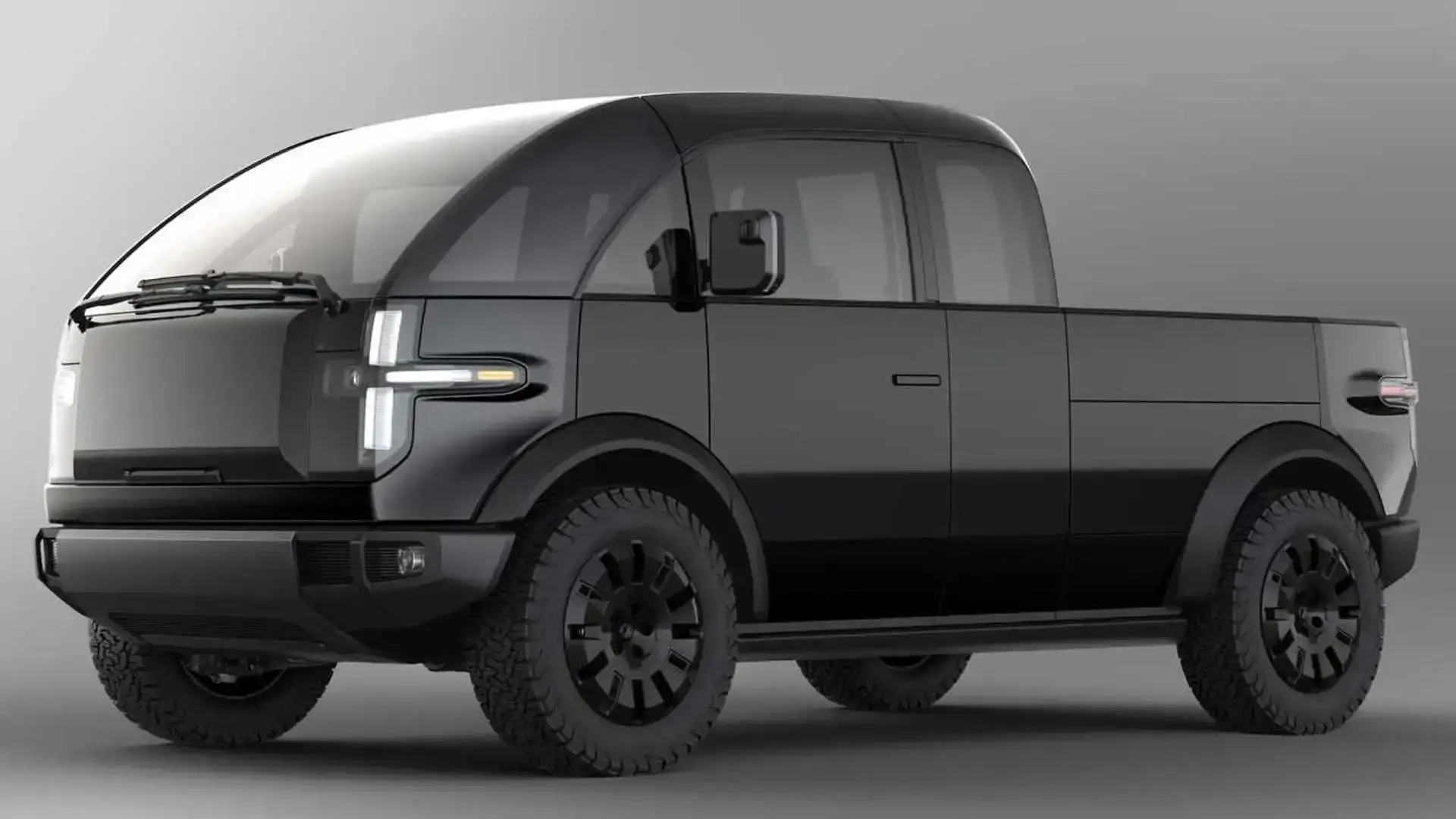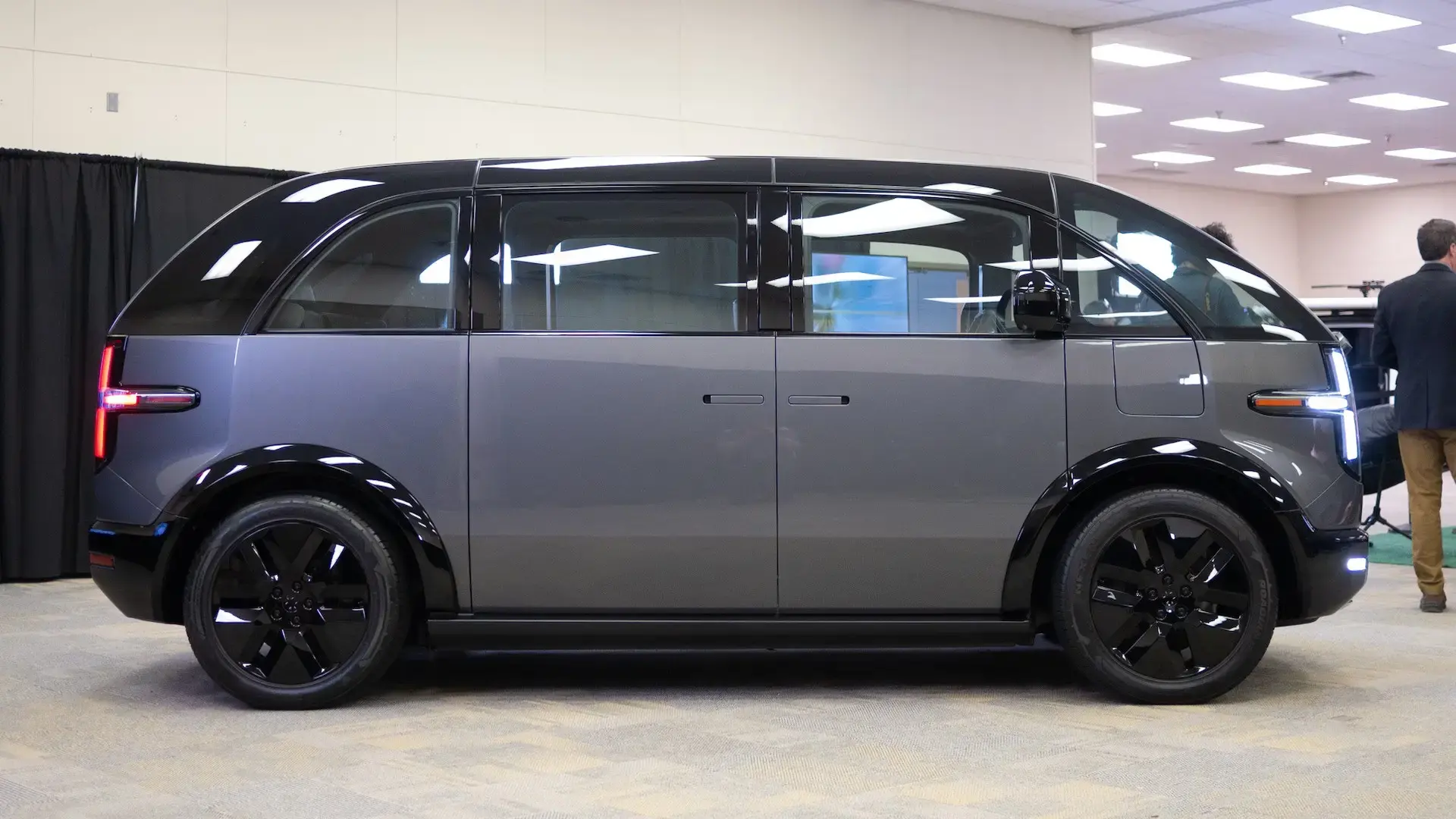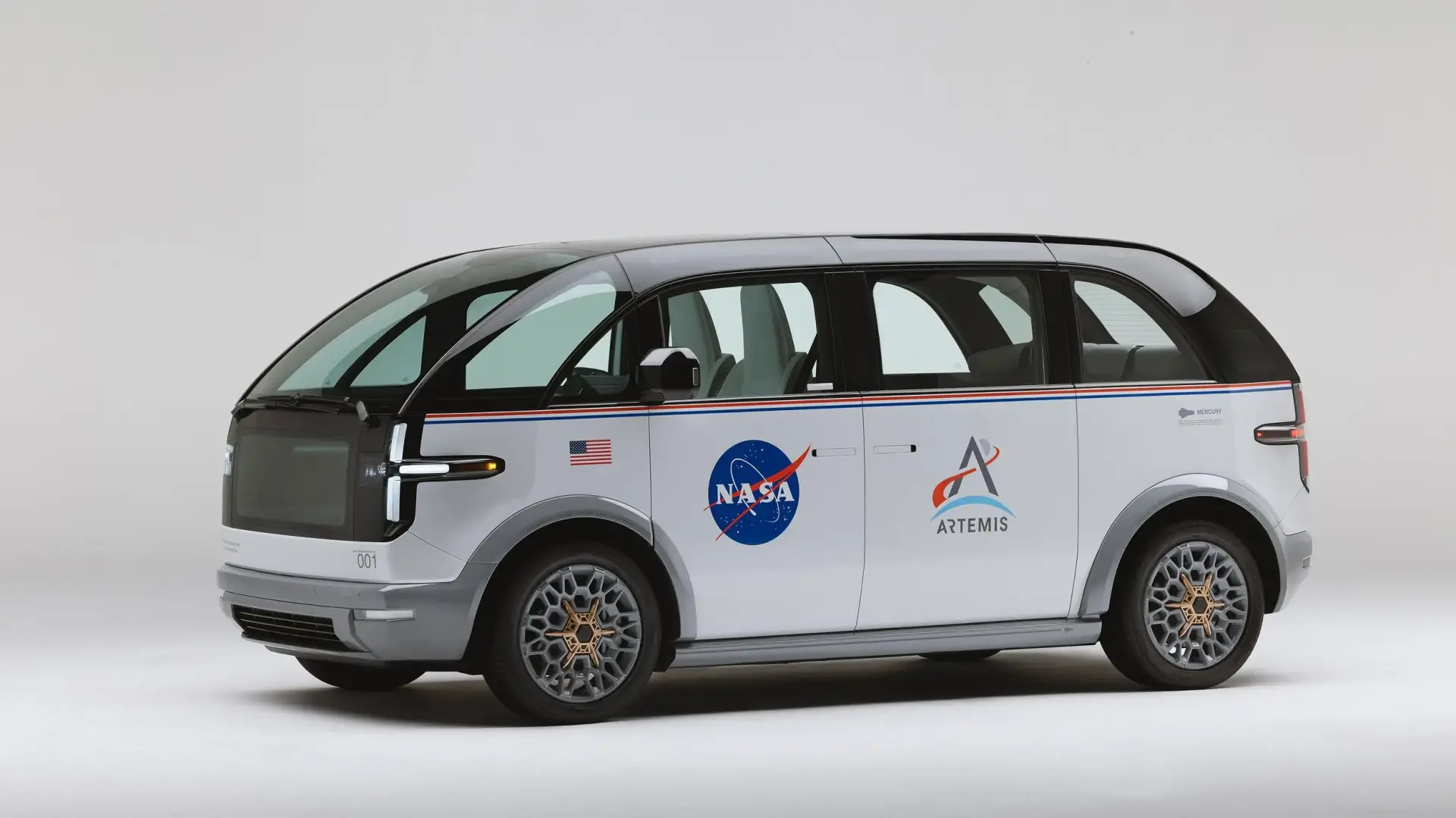 Founded in 2017 with a vision to revolutionise electric vans and trucks, Canoo has officially filed for Chapter 7 bankruptcy, marking the end of its operations. The announcement came following unsuccessful attempts to secure funding from both the U.S. Department of Energy (DOE) and international investors.
Founded in 2017 with a vision to revolutionise electric vans and trucks, Canoo has officially filed for Chapter 7 bankruptcy, marking the end of its operations. The announcement came following unsuccessful attempts to secure funding from both the U.S. Department of Energy (DOE) and international investors.
The Rise and Fall of Canoo
 Canoo entered the EV scene in 2019, showcasing the Lifestyle Vehicle a quirky, seven-seat passenger van designed for a subscription-based ownership model. This unique concept created a buzz, but by 2020, Canoo had shifted focus to commercial vehicles, unveiling the boxy Multi-Purpose Delivery Vehicle (MPDV) and a futuristic cab-forward pickup truck. Despite promising features like an expandable truck bed and up to 600 horsepower, these models never made it to production.
Canoo entered the EV scene in 2019, showcasing the Lifestyle Vehicle a quirky, seven-seat passenger van designed for a subscription-based ownership model. This unique concept created a buzz, but by 2020, Canoo had shifted focus to commercial vehicles, unveiling the boxy Multi-Purpose Delivery Vehicle (MPDV) and a futuristic cab-forward pickup truck. Despite promising features like an expandable truck bed and up to 600 horsepower, these models never made it to production.
Operational Challenges and Bankruptcy
Canoo's journey was marked by partnerships and high-profile deals that hinted at potential success. In 2020, Hyundai announced plans to leverage Canoo's innovative "skateboard" EV platform, but the collaboration ultimately fell through. Canoo also secured contracts with major players like Walmart, NASA, and the U.S. Army. Walmart had agreed to purchase 4,500 Lifestyle Delivery Vehicles (LDVs), and NASA selected Canoo's vehicles for its Artemis crew transport program. Yet, only a handful of vans were ever built, most of which were likely pre-production prototypes.
 In recent years, Canoo’s financial troubles mounted. The company failed to secure crucial funding from the DOE’s Loan Program Office and couldn’t close deals with foreign investors. By early 2025, Canoo’s attempts to stay afloat came to an end. Filing for Chapter 7 bankruptcy means the company will liquidate its assets under the supervision of a court-appointed trustee to pay off debts.
In recent years, Canoo’s financial troubles mounted. The company failed to secure crucial funding from the DOE’s Loan Program Office and couldn’t close deals with foreign investors. By early 2025, Canoo’s attempts to stay afloat came to an end. Filing for Chapter 7 bankruptcy means the company will liquidate its assets under the supervision of a court-appointed trustee to pay off debts.
Missed Opportunities and Unrealised Potential
Canoo’s vehicles stood out for their innovative designs and versatility. The Lifestyle Vehicle’s snub-nosed, bubbly aesthetic gained attention, while the MPDV targeted businesses with its practicality. The pickup truck, which featured a configurable bed and rugged appeal, showcased Canoo’s forward-thinking engineering. Unfortunately, delays and production challenges meant none of these vehicles reached their intended markets.
The company did manage to deliver a small number of vehicles to clients like Walmart and the United States Postal Service (USPS). Some Walmart-branded LDVs were even spotted during testing, but these efforts weren’t enough to save the company from financial collapse.
The EV Industry's Harsh Reality
Canoo’s story is a stark reminder of the challenges faced by EV startups. The industry is highly competitive, with established giants and well-funded newcomers fighting for market share. While Canoo’s innovations and bold ideas set it apart, the lack of consistent funding and production capability ultimately sealed its fate.
Conclusion
Canoo’s downfall is a cautionary tale for the EV industry. Despite early promise, high-profile contracts, and innovative designs, the company couldn’t overcome the financial and operational hurdles in its path. As the EV market continues to grow, Canoo’s legacy will serve as a reminder of the challenges of balancing ambition with execution. For now, the few Canoo vehicles on the road stand as relics of a dream that couldn’t come true.